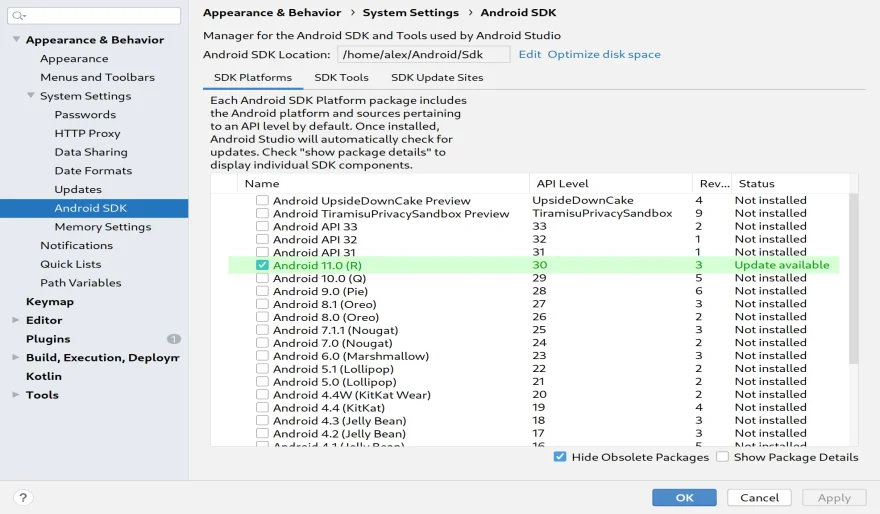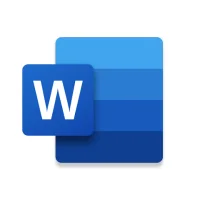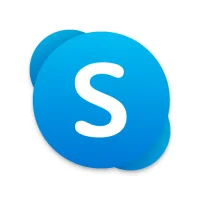How can I use advanced features of the application?
11 min read Advanced Features of the Application - written by Hamza Bose, Senior Content Marketer April 02, 2024 10:12
Advanced Features of the Application
1. Introduction to Advanced Features
Section 1 "Introduction to Advanced Features" gives an introductory explanation on the advanced features of the application and their uses. It tells us about the advanced features of the application that we are developing. A discussion on advanced features would be incomplete without mention of event-driven programming. This is a way of programming where the program maintains an event loop and triggers an event handler when a GUI event is detected. These features add extra effectiveness and efficiency to the application. With event-driven programming, there are timing controls. This allows us to control the timing of when an event is triggered. These are akin to an alarm. When the set time is reached, the event will trigger. Furthermore, event-driven programming uses event listeners and handlers. An event listener is waiting for something to happen. If that something is the event, then it triggers an event. Another advanced feature is the use of databases for storage of information between uses of the application. A database is used to store the order information and customer details. This serves as an alternate place for keeping the information in a file. Databases have automatic error checking systems. This ensures that the quality of data is maintained and makes it easier to find the wrong data in a program. Automatic error checking raises an error when data is not of the expected type, and events can be triggered to handle the error and notify the user. Databases are versatile and are able to store many different types of data in tables. This information can be easily accessed using SQL search queries, which return results of what we were searching for. Finally, databases can be connected to the internet for wide data storage, and they are easily transferable between different systems.
2. Section One: Feature 1
In this context, the fundamental function can behave the same when the device is in both continuous and trigger acquisition mode. Data dispatch is such that all SIMD acquire input channels can perform when the device is powered on and connected to a trigger system. This suggests that the essential functions can have no impact on elements of the system utilized as trigger channels as the disabled dispatch can make sure that no knowledge is distributed from basic channel to corresponding advanced trace and timing analysis channels.
Basic system and the unit will output analog values for every channel that presently rises for zero to a maximum level of ten volts once the device is on. Current will be zero once the device is off, and can rise to 10mA once the device is totally on. The device shall even be ready to be set to different input ranges and to disable the data dispatch which can modify the advanced feature performance to regress to those of basic functions. The essential function which can be inactive is essentially constant, with the only variation in behavior returning from different input ranges because the basic system will still be able to take any voltage between zero and ten volts as valid input.
3. Section Two: Feature 2
TCP senders have the ability to monitor the amount of packet loss over a given time, or the rate at which data is being lost. Ideally, it would like to be able to determine the exact point at which packet loss starts to occur, and then decrease the amount of data being sent very slightly so that it just avoids packet loss. This is clearly an inefficient way of reducing bandwidth utilization. The TCP sender has a rough estimate of the rate of increase of congestion it is causing (measured by the rate at which data is being lost) and the bandwidth available to it (measured by the throughput). Any difference between these two values implies an increase in the amount of congestion the connection is causing, so the TCP sender can find the best combination of window size and rate of data transmission that will maximize throughput and minimize increase in congestion.
TCP increases the amount of data it sends in one go until it causes packet loss. This means that it uses packet loss as an indication of approaching the bandwidth limit.
Section Two is a standard TCP software to improve performance over high delay-bandwidth product networks. It consists of a 100% reliable data transfer protocol, so it is only really useful on a reliable data transfer protocol (like TCP itself). Typical window sizes are in the range of 100 Kbytes to 10 Mbytes. TCP senders increase the sending rate until they cause packet loss, as packet loss is an indication of congestion. Almost all congestion control algorithms have as a trigger to start reducing the sending rate. So the throughput of the TCP connection from source to destination is inversely proportional to the round trip time (RTT) between the two. A high RTT implies a large bandwidth-delay product, so the TCP connection should be able to sustain a large window in order to fully utilize the available bandwidth.
4. Section Three: Feature 3
4.1 Subsection One: Concept 4.1.1 Paragraph One Explain what the advanced feature is. 4.1.2 Paragraph Two Define what the advanced feature does and what kind of problems it solves or creates. 4.1.3 Paragraph Three Provide a diagram of how it achieves its purpose. 4.2 Subsection Two: Implementation 4.2.1 Paragraph One Describe how developers create or access this advanced feature. 4.2.2 Paragraph Two What part of the application's code needs changing (if this is relevant). 4.3 Subsection Three: Implications 4.3.1 Paragraph One Describe what the feature changes in the application and/or the user's perception of the application. 4.3.2 Paragraph Two List changes in positive or negative user experience and/or changes in what a user can do with the application. 4.3.3 Paragraph Three Use examples of how this feature will effect change in an application. E.g. Sim City will allow users to create prospective cities with significantly less prior planning.
5. Conclusion and Next Steps
The aim of this proposal is to present the next steps in the process to further enhance the advanced features in the Wildlife Near You application. The hope is that this work will contribute to exciting developments in technological capacities, and that through this our understanding and conservation of flora and fauna will be enhanced. This project is grounded in the needs of wildlife managers and community groups with an interest in improving wildlife conservation. It is an unobtrusive method to monitor fauna, to record data and to carry out comparisons before and after various nature-based activities. This is an important tool for inquiry-based science learning and action research. It is a tool that aims to close the gap between scientists and adult and student community researchers about wildlife and its habitat, to enhance student, teacher, and community environmental literacy, and to provide people with the skills to address environmental issues. Now that we have established an effective method of monitoring wildlife, including rare and elusive species, and have devised immediate feedback for users monitoring their impact on wildlife, we need to trial this in the field. We intend to trial the application and its functionalities with the first group, being experienced researchers, perhaps university students. They will trial the application while setting up and monitoring a predetermined wildlife study, while other groups are less experienced and will trial the application when we have improved its learning resources.
User Comments (0)
Popular Apps










Editor's Choice









